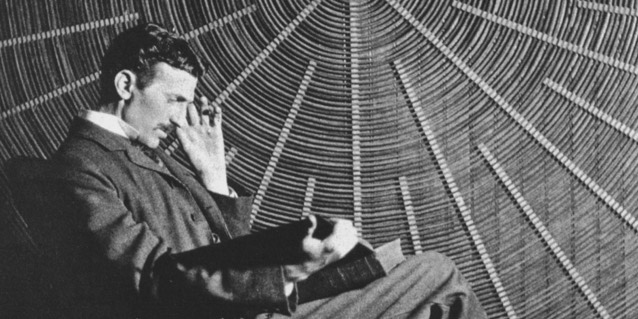EMA License: 9/21140 | Open 9am - 6pm | Monday to Saturday | Call 84193988

How Nikola Tesla’s Alternating Current Changed the World
While Thomas Edison patented and produced a direct current electricity to the entire world, his most well-known apprentice, Nikola Tesla, worked in his shadow. Taking inspiration from his master’s work with electrical power, Tesla invented a completely new way to produce currents and provide light and energy to a multitude of locations around the world. While his inventions may not be as heard of or as discussed as Edison’s advancements, the truth is that Tesla’s practices changed the world.
If you have ever flipped a switch to turn on a light in your home, or if you have plugged in your device to a charger, or even used a refrigerator - you have Nikola Tesla to thank. Thomas Edison may have invented the light bulb, but it is due to Tesla that modern society is able to function the way that it does.
The Battle of Direct Vs. Alternating Current
Thomas Edison revolutionized the incandescent light bulb, and started manufacturing direct current plants to provide electricity to homes around the world. Essentially, these plants contained large generators that were powered by direct current batteries, and provided simple lighting to homes. Electricity was not powerful or safe enough to be used to provide heat, light switches, or outlets. Tesla had ideas to improve upon the generation of current, by coming up with the proposed use of alternating current - which would revolutionize the way electricity is contained and delivered.
The differences between the two types of currents are simple - direct current supplies electricity in a single direction, often through a battery or generator. Alternating current, on the other hand, changes directions in order to keep a steady supply of electricity that doesn’t overpower outlets and other delivery methods. Alternators, which are similar to electric generators, are used to rotate the currents on a steady bsis. This is what makes it possible to deliver power to homes through outlets, heating devices, and other appliances.
The True Influence of AC
Nikola Tesla’s plans for alternating current were finally taken seriously in the late 19th century, when George Westinghouse purchased Tesla’s AC patents. They transformed the electrical industry to be able to power motors, transmission systems, and other machines. Not only could it provide power in more ways than one, but it could improve upon the lighting systems, too.
In 1886, the entire city of Rome was lit up by alternating current. The problem with direct current was that it could not be converted to higher voltages, meaning that DC really only worked to power small things like light bulbs. But when it came to providing heat and power for motorized machines, only AC could do that. This was proven time and time again by various demonstrations throughout the United States and Europe, which showed that AC systems could provide larger amounts of power through a larger variety of outlets, with a larger area of reach. Westinghouse commissioned an AC power plant to be built to harness the power of Niagara Falls, which powered the entire city of Buffalo, New York. Countries like Germany, Italy, and Paris adopted AC as a way to power their motors and transmission systems.
Tesla’s Legacy
While the battle between Edison and Tesla was a cruel one, it was perhaps necessary for the stretch to produce the greatest forms of electricity to residents around the world. Tesla often fought to come out of Edison’s shadow. When he quit working for Edison, his former master launched a smear campaign to try and discourage the world from using AC. He published lies about the safety concerns of AC, and often won monetary battles that helped him keep DC on top. But much to Edison’s dismay, the world now largely uses AC as its main form of power. While batteries and small digital devices are powered by direct current, most homes and buildings are wired for AC, which continues to provide a reliable and consistent source of energy around the world.
In the end, the feud between two of history's most brilliant minds has resulted in many technologies that we take for granted today, technologies that make our electrical repair services possible!